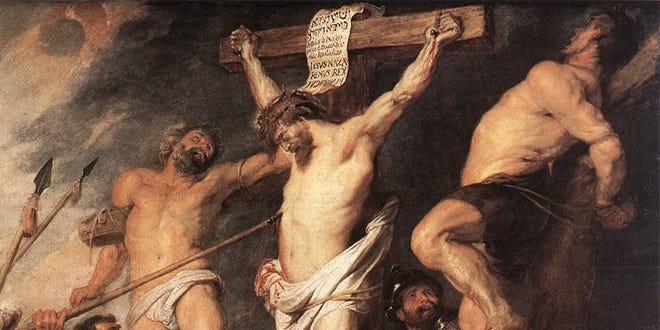Happy Good Friday friends,
I don’t know how your Lent has gone. But if you have been worrying that you’ve not really entered the season well, fasted as hard as you’d hoped, prayed as often as you’d planned, or given alms as much as you could have, I’d suggest now is the time to stop thinking about that.

